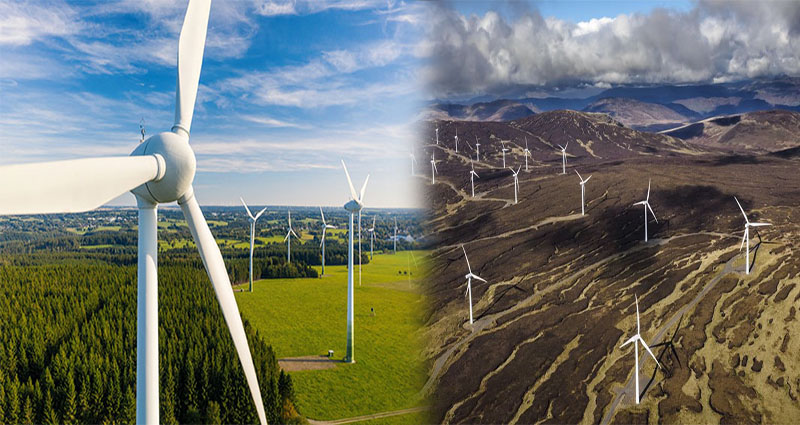Wind turbine technology has emerged as a leading solution for clean energy generation. As concerns about climate change and the environment continue to grow, renewable energy sources like wind power have gained significant attention. In this article, we will explore the importance of wind turbine technology in clean energy generation and the advancements that have made it a reliable and efficient solution.
Harnessing the Power of Wind
Wind power has been utilized for centuries, but it is only in recent years that wind turbine technology has advanced to a level that allows for commercial-scale clean energy generation. Wind turbines work by harnessing the kinetic energy in wind and converting it into electrical energy through the rotation of large blades.
The Advantages of Wind Turbines
- Renewable and Clean: Wind is an abundant and renewable source of energy that produces zero greenhouse gas emissions and minimal environmental impact. Wind turbines provide clean energy without depleting natural resources or contributing to air pollution.
- Sustainable and Efficient: Advances in wind turbine technology have significantly improved the efficiency of energy conversion, allowing for higher energy output. As wind turbines continue to evolve, modern turbines can generate electricity at a competitive cost compared to traditional energy sources.
- Job Creation: The wind power industry has created numerous job opportunities, from turbine manufacturing and installation to maintenance and operation. This industry has the potential to promote economic growth while addressing climate change concerns.
- Land Utilization: Wind turbines can be installed on land that is not suitable for agriculture or development, minimizing conflicts over land use. This allows for efficient utilization of available space, especially in rural and remote areas.
Advancements in Wind Turbine Technology
- Larger Turbines: Over the years, wind turbines have become larger and more powerful, allowing for greater energy production. Larger turbines with longer blades capture more energy from the wind and can generate electricity at higher capacities.
- Offshore Wind Farms: Offshore wind farms have gained popularity due to the higher wind speeds and more consistent wind resources compared to onshore locations. Advancements in offshore wind turbine technology have made it possible to harness wind power in coastal areas, contributing to a more diversified and reliable clean energy portfolio.
- Improved Efficiency: Ongoing research and development have focused on improving the efficiency of wind turbines. Advanced aerodynamics, better blade designs, and optimized control systems have led to more efficient energy conversion, maximizing the electricity generated from wind power.
- Smart Grid Integration: The integration of wind turbines with smart grid technology enables better management and distribution of electricity generated by these turbines. Smart grid systems can balance power supply and demand, ensuring the stability and reliability of clean energy supply.
- Noise and Visual Impact Reduction: Wind turbine noise and visual impact have been concerns for surrounding communities. Advances in turbine design and placement have addressed these issues, making wind farms more acceptable and visually appealing.
- Hybrid Systems: Hybrid wind energy systems combine wind power with other renewable energy sources, such as solar or battery storage. These integrated systems provide a more consistent and reliable energy supply, enhancing the overall efficiency and reliability of clean energy generation.
Wind turbine technology has come a long way, making it a viable and sustainable solution for clean energy generation. As the world continues to transition towards a low-carbon future, it is expected that wind power will play a significant role in meeting the growing energy demand. With ongoing advancements and research, wind turbine technology is poised to continue evolving, further contributing to a cleaner and more sustainable energy landscape.












